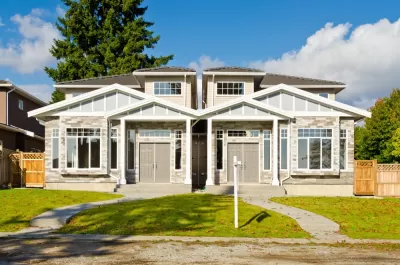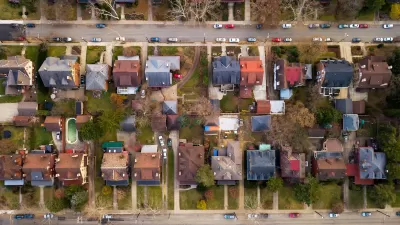Born out of a fear of absentee owners and rapacious investors, owner-occupancy requirements can have the contradictory effects of excluding renters from neighborhoods and limiting the number of rental units available.

A post on Brookings’ The Avenue by Anika Singh Lemar argues that owner-occupancy requirements, particularly on accessory dwelling units (ADUs), stifle housing supply and keep renters out of higher-end neighborhoods. As Lemar explains, “Restrictions on rentals appear in zoning codes, homeowners’ association rules, rules issued by subsidized lenders, and local ordinances.”
“Because renters typically have lower incomes than homeowners and are racially more diverse, owner-occupancy requirements affect the economic and demographic makeup of neighborhoods. Owner-occupancy requirements also prevent property owners from developing repeat expertise in acquiring and renovating existing housing stock to add ADUs; as a result, lenders are less likely to finance ADUs.” Lemar writes that owner-occupancy rules also reduce the housing supply by taking potential rental units off the market.
The article describes several court cases relevant to the debate over owner occupancy. “In the few cases where courts have interrogated the nexus between homeownership and home maintenance, they have refused to enforce owner-occupancy requirements.” Yet many continue to uphold owner-occupancy requirements thanks to vague notions that owners will be better stewards of the property.
Lemar calls owner-occupancy requirements an example of “zoning creep,” the use of zoning to regulate “well outside the scope of land use and zoning regulations,” which has unintended negative impacts on equity and affordability.
FULL STORY: How owner-occupancy regulations are contributing to the housing crisis

Planetizen Federal Action Tracker
A weekly monitor of how Trump’s orders and actions are impacting planners and planning in America.

San Francisco's School District Spent $105M To Build Affordable Housing for Teachers — And That's Just the Beginning
SFUSD joins a growing list of school districts using their land holdings to address housing affordability challenges faced by their own employees.

The Tiny, Adorable $7,000 Car Turning Japan Onto EVs
The single seat Mibot charges from a regular plug as quickly as an iPad, and is about half the price of an average EV.

Seattle's Plan for Adopting Driverless Cars
Equity, safety, accessibility and affordability are front of mind as the city prepares for robotaxis and other autonomous vehicles.

As Trump Phases Out FEMA, Is It Time to Flee the Floodplains?
With less federal funding available for disaster relief efforts, the need to relocate at-risk communities is more urgent than ever.

With Protected Lanes, 460% More People Commute by Bike
For those needing more ammo, more data proving what we already knew is here.
Urban Design for Planners 1: Software Tools
This six-course series explores essential urban design concepts using open source software and equips planners with the tools they need to participate fully in the urban design process.
Planning for Universal Design
Learn the tools for implementing Universal Design in planning regulations.
Smith Gee Studio
City of Charlotte
City of Camden Redevelopment Agency
City of Astoria
Transportation Research & Education Center (TREC) at Portland State University
US High Speed Rail Association
City of Camden Redevelopment Agency
Municipality of Princeton (NJ)





























